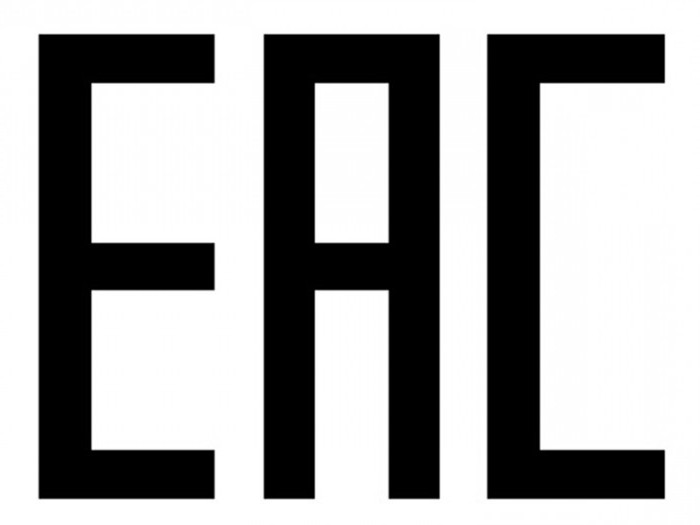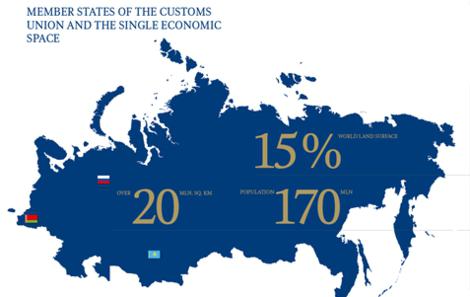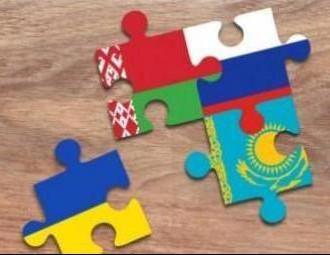Certification of the Customs Union. How to issue and receive a single certificate of compliance with the technical regulations of the Customs Union?
Currently, the conformity assessment of productsis conducted not only on the basis of Russian laws, but also in accordance with the legislation of the Customs Union, which appeared on October 6, 2007. Its participating countries are Russia, Belarus and Kazakhstan.

For certain products, you now needobtain permits for different systems. Certification of the Customs Union presupposes such a formalization of documents that confirms compliance with the receipt of unified certificates or declarations during the transitional period and sanitary standards.
All this will be considered in more detail and we will find out what the correspondence document should be.
Sanitary certification
Introduction of the procedure at the level of the Customs Unioninstead of the internal national one is carried out in stages. At first the decision was made by the CCC under the number 299, where the goods were listed, which should be subjected to sanitary supervision. The procedure was named "Sanitary Certification of the Customs Union".

The bodies authorized to conduct it, draw upcertificate, as well as an expert opinion. These documents are issued in return for those that were earlier in the national states. These papers in Russia can be issued by Rospotrebnadzor on the basis of tests that were conducted in special laboratories. Such a document is valid not only in Russia, but also in Belarus and Kazakhstan. Unlike the previously issued sanitary and epidemiological conclusions, for which a specific period of validity was established, these documents are of an indefinite nature.
Certification for registration of a single compliance document
This procedure is carried out on the basis ofDecisions of the CCC under the number 620. It contains a list of products for which mandatory certification of the Customs Union and registration of its approval document is required.

The procedure is mandatory not onlyfor Russian, Belarusian and Kazakh goods, but also for other imported products. A single certificate here can be issued both for resident companies of the member countries of the Customs Union and for manufacturers from other countries. At the same time, if a single declaration is filled out, the applicant in this case may be a domestic manufacturer. If it is a question of imported goods, then the application is submitted by representatives of the company who are taxpayers in the territory of their member country (that is, Russia, Belarus, Kazakhstan) to receive the document.
Timeframes and entry into force of regulations
It is clear that when certification is carried outCustoms Union, the document is considered valid on the territory of all participating countries. And in the case of obtaining a national document, the range of its action is narrowed to the borders of a particular state.

Moreover, certification within the GOST system has a maximum period of 3 years. While the vehicle is characterized by a longer period, namely 5 years.
During the transitional period before the one orAnother TR of the TS will come into force, the competitor is allowed to choose the system that he considers more comfortable for himself. The decision of the CCC under the number 563 approved uniform forms for the documents of compliance of the Customs Union.
Certification Center of the Customs Union
Special bodies conducting the procedurecertification, should be accredited by the national system. In Russia, the organization should receive a relevant certificate, which indicates the areas of its activities and types of products. It is issued by Rosstandart, which is central to the state system of GOST R.
The same applies to the work of special laboratories, where tests and product samples are directly conducted.

In addition, the certification bodies of the CustomsUnion, and specialized laboratories should be entered in the appropriate register. In this case, the former are the only ones who can issue a certificate or declaration to applicants.
Technical regulations
The document is a regulatory legalAct, which sets requirements that are mandatory for execution at certain facilities. These include services, work, management and management, buildings and structures, and so on. It is coordinated by the federal law "On Technical Regulation". According to this document, all other acts are now voluntary. Only the Technical Regulations of the Customs Union, which is certified for goods primarily to achieve safety (namely life and health of people, protection of the environment, animals and plants, energy efficiency and prevention of fraud on the part of the producer) becomes mandatory.

Certification in the execution of Technical Regulations
Upon the entry into force of the Technical Regulations, a transitional period is envisaged, during which the national regulations gradually give way to the Customs Union of the Customs Union.
In 2011, it was developed, and in 2012more than 50 documents have been accepted. The first included those that concerned issues of perfumery and cosmetic products, light industry, toys, personal protective equipment, children's and adolescent products.
Once the TR comes into force, nationalthe requirements for obtaining documents cease to be valid. Instead of them, now there is a mandatory certification of the Customs Union. However, those documents that were issued earlier, and for which the validity period has not expired, continue to be valid until the time specified in them.
Features of the document
A single certificate is issued on a letterhead withfour degrees of protection at least. The reverse side shall be filled in the language of the Member State of the Customs Union where the document is received. The front side must be filled only in Russian. A unique certificate is assigned a unique number in accordance with the codification rules. It is necessarily added to the country code that issues the document.
If a certificate needs to reflect a lot of information (for example, there is an extensive list of codes or a necessary description), the application is made to the document, which is an integral part of it.
The Declaration, unlike the previous one, does not havestandard form. However, there is a decision of the CCC under the number 563, which indicates all the information that should be reflected in it. The application can also be added to this document. And its registration is conducted in the State Register of TS.
In addition to documents, there is a special signcertification of the Customs Union. It meets all the requirements of TR TS. If a compliance document is issued, the manufacturer has the right to label his product using an official sign.
We study the certificate

The document contains fifteen sections. Let's study them.
- First comes the registration number, which includes the abbreviation of the country where it was issued.
- Also a system conformity mark is placed.
- Each certificate has its own individual number.
- Information on the certification body that is authorized to issue it is included and implemented this right.
- Also, information about the manufacturer of the product or the supplier - to those who are the customer of the document.
- Information about the manufacturer must be entered in any case.
- The most detailed information about the product: type, model, brand, acts about it and so on.
- HS code.
- From the documents, an act must be included here, inthe connection with which the procedure is carried out, the ISO certificate, the test reports, the fire safety certificate and others. In addition to the list, copies of relevant acts must be attached separately.
- In addition, the certificate contains: the shelf life of products, the actions of the document itself, the date of registration, the seal, the full name. leader and expert with their signatures.
Conclusion
Thus, from 2007, that is, from the date, fromwhich exists the Customs Union, the certification of products began to be carried out in a slightly different order than it was before. However, the Technical Regulations take effect gradually. Therefore, all interested persons have sufficient opportunities to adapt to the new conditions.
</ p>



